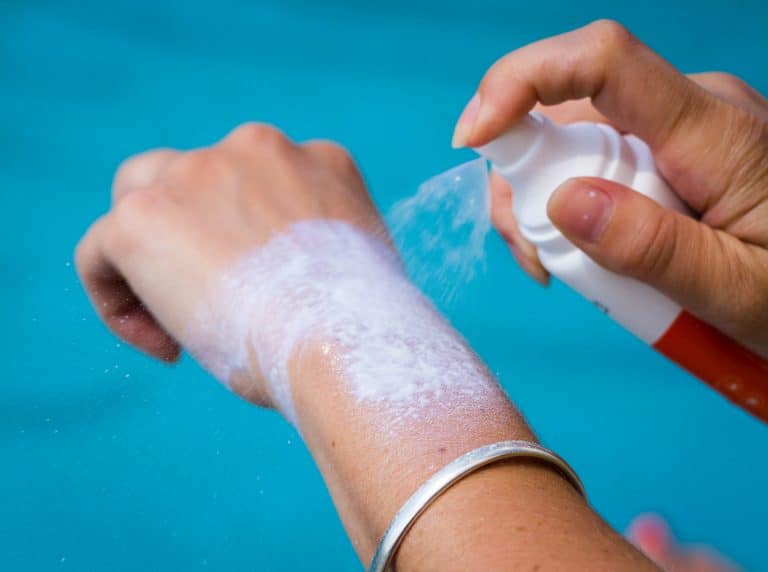Whether you are out on the beach or hitting the slopes, as long as you are outside, you are constantly bombarded by ultraviolet light (UV) from the sun. It is this particular part of all of the energy coming from the sun that is the main cause of sunburn, age spots, and even skin cancer…
Just like visible light can be divided into separate colors according to wavelength, there are several different types of UV, some more dangerous than the others.
On the spectrum of electromagnetic radiation between visible light and X rays, there are three categories of UV: UVA, -B, and -C. Each designates a range of wavelengths.
UVC
Potentially the most dangerous type of UV radiation. Potentially, mainly because the UVC light generated by the sun is almost entirely absorbed by the ozone layer and atmospheric oxygen before reaching our planet’s surface. However, it is often used for their sterilizing properties: special lamps are used to degrade microbial DNA (and thus sterilize) certain work surfaces.
UVB
Not blocked by the atmosphere, it is the cause of sunburn and other more less dangerous skin afflictions. For this reason, the Sun Protection Factor (SPF) of a sunscreen is based on the degree of protection against UVB.
That said, a little exposition (in moderation of course) is beneficial: our skin makes vitamin D when exposed to UVB light. Vitamin D is essential for bone and teeth health, as well as being linked to mental well-being.
UVA
UVA radiation have the longest wavelengths out of the different types of UV. Physically, it is also the least energetic kind. UVA is responsable for the changes in the pigmentation of the skin: AKA your tan. Once considered not dangerous, we now know that it actually is, albeit indirectly. UVA light generates free radicals that can damage cells, even several hours after exposure to the sun.
Even if the degree of protection against UVA is not indicated in the same way as UVB, in Europe you can find a symbol (the letters UVA in a circle) that will indicate adequate protection. What the symbol means is that UVA protective factor of the cream is at least a third of the written SPF (protection against UVB).
So, what should we do?
In ALGA MARIS ® sunscreens we use effective and EU-approved natural mineral protection: titanium dioxide (TiO2) and zinc oxide (ZnO). These particles act in three ways: absorbing, reflecting and scattering UV radiation. TiO2 is particularly good at blocking UVB, whereas ZnO is ‘broad spectrum’ meaning that it good against both UVB and UVA. The particles are coated with vegetable waxes to limit their reactivity. We use a combination of both to provide the best possible protection. These ingredients are safe to use, unlike chemical filters that may have hormone disrupting properties or are toxic to corals.
To counteract the effect of free radicals we use our patented Alga-Gorria® seaweed extract, made from Basque Red seaweed. With extremely effective antioxidant action that prevents cell damage due to free radicals, it is the perfect compliment to the sun-blocking minerals.
You can find all of Sun Protection range here!

